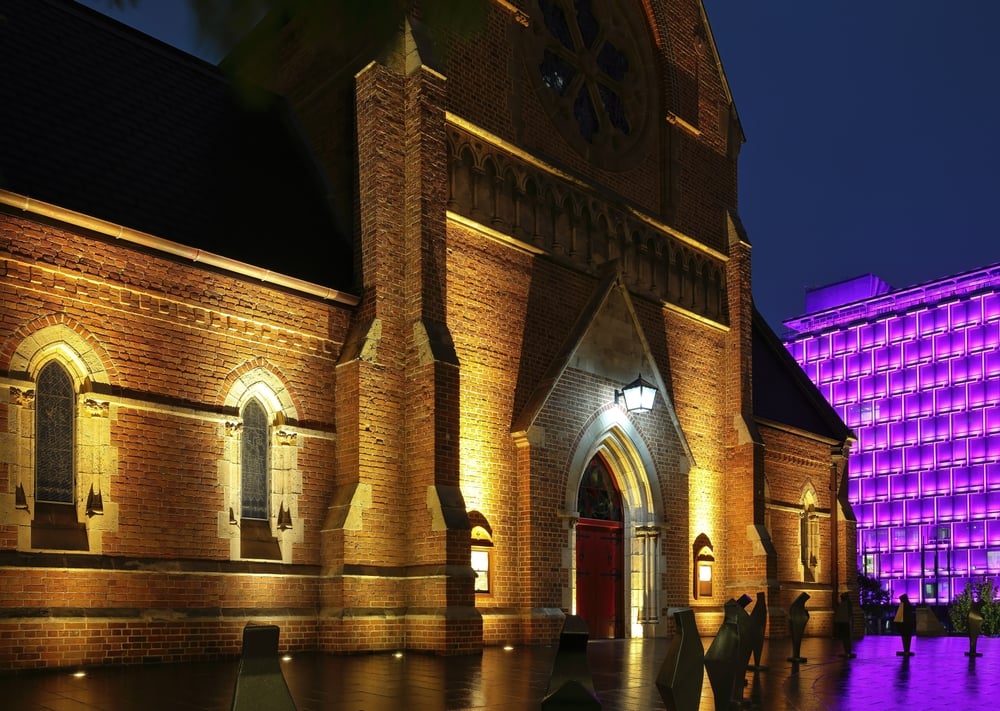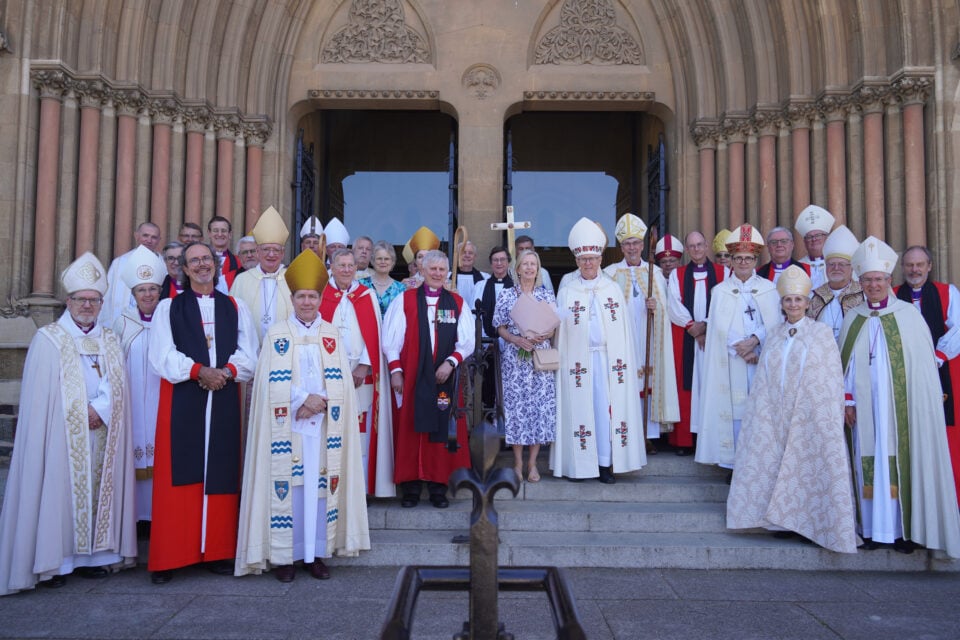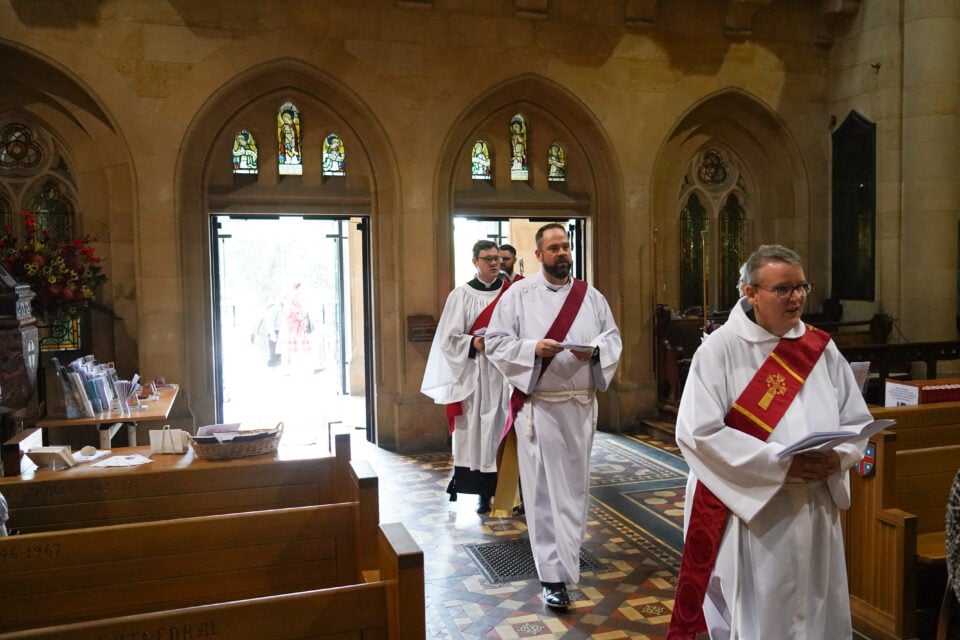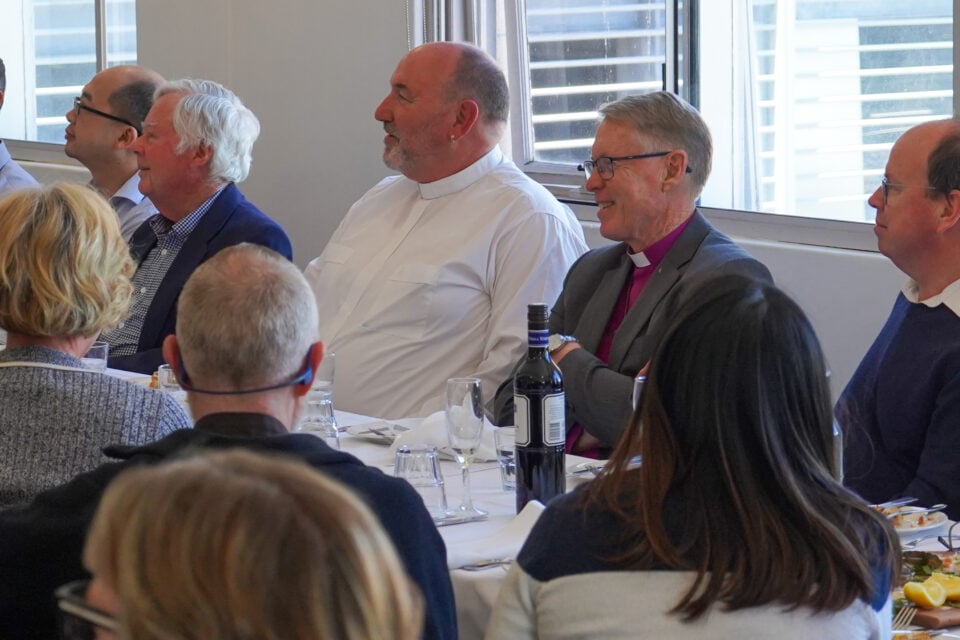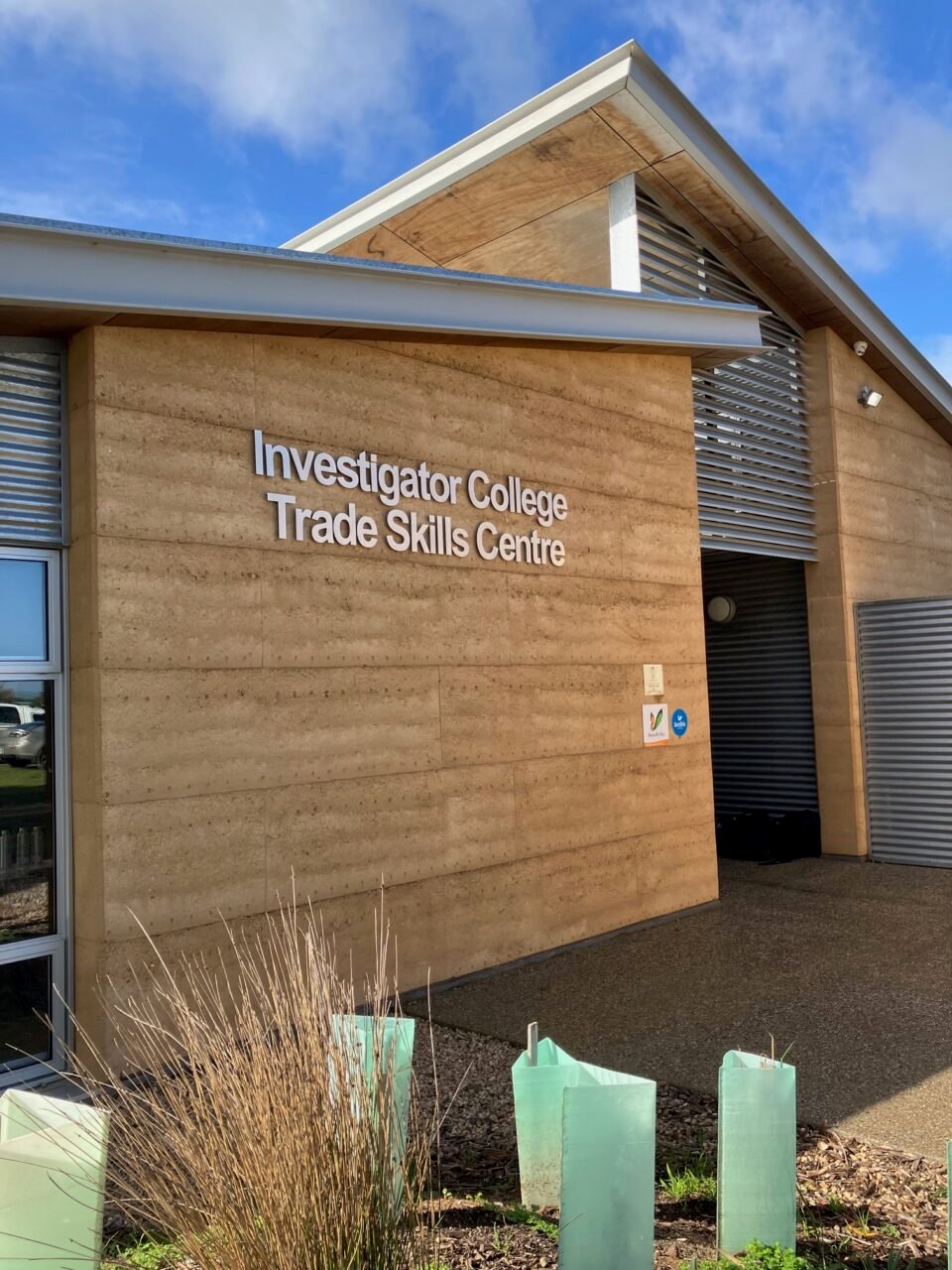Anglican Primate Archbishop Geoffrey Smith, will travel to Perth to attend a service celebrating the 100th anniversary of the ordination of James Noble, the first Aboriginal man to be ordained in the Anglican Church of Australia.
The centenary service will be held at St George’s Cathedral in Perth on Saturday, September 13, at 2 p.m., the same day and location where Noble was ordained a deacon in 1925.
The service will include a smoking ceremony starting at approximately 1:30 p.m. and will feature input from Noongar elders and a performance by the Boojar Bidi dance group. Representatives from the Anglican Board of Mission are also expected to join the Primate at the service.
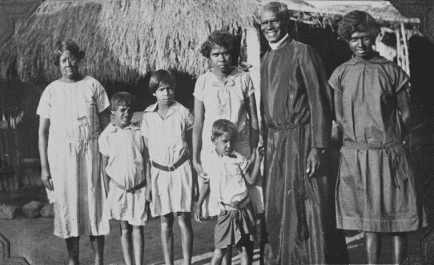
The Archbishop’s Pastoral Letter for September 2025 notes that the centenary raises “gratitude to God for James’ devotion to the gospel and ministry” and highlights the ongoing need for reconciliation with Australia’s First Peoples.
Life and ministry of James Noble
Born in Boulia, Queensland, around 1876, James Noble was a skilled horseman and tracker. He was baptised and confirmed when he was 20 years old. He was later sent to the Yarrabah mission near Cairns, where he worked with missionary Ernest Gribble.
It was at Yarrabah that he met his wife, Angelina, a Badtjala woman who had been freed by police and brought to the mission for her safety. Angelina was crucial to their ministry, as she had the skills to learn local languages and cultures, earning the trust of the people they ministered to. She also acted as a nurse, teacher, and administrator.
Together with Gribble, James and Angelina were instrumental in establishing the Mitchell River, Roper River, and Forrest River missions. In 1925, during a preaching tour, Noble was ordained a deacon in Perth. His ordination was widely reported in the media, with one newspaper steward noting that Noble had preached “a dinkum sermon”.
Role in the Forrest River massacre investigation
Noble’s skills as a tracker were pivotal in the aftermath of the Forrest River massacre, which occurred in 1926. After a confrontation between a station owner and an Aboriginal man resulted in the station owner’s death, police officers retaliated with an indiscriminate killing spree. Due to his respected standing and tracking abilities, James Noble was sent to investigate.
He found three earth ovens containing human remains. His efforts, along with Gribble’s campaign, led to a police inquiry and a subsequent royal commission, which found that at least 11 Aboriginal people had been killed and their bodies burned.
The commissioner found Noble’s evidence to be “thoroughly convincing and absolutely reliable”. Angelina also served as an official interpreter for Aboriginal witnesses. Despite the findings, the two white police officers who were the alleged ringleaders were acquitted due to a lack of evidence.
Even after this trauma, Noble continued his ministry.
He and Angelina returned to Yarrabah in 1934. James died on November 25, 1941, and Angelina continued her ministry at Yarrabah for two more decades until her death in 1964.
In a Pastoral Letter, Archbishop Smith” reflected on the horror of the Forrest River massacre, calling massacres of Aboriginal people a “stain on our history” and an ongoing cause of trauma.
The Archbishop also mentioned three massacres he is aware of in South Australia: the Coorong Massacre of 1840, the Avenue Range Station massacre of 1848, and the Waterloo Bay Massacre of 1849.
